

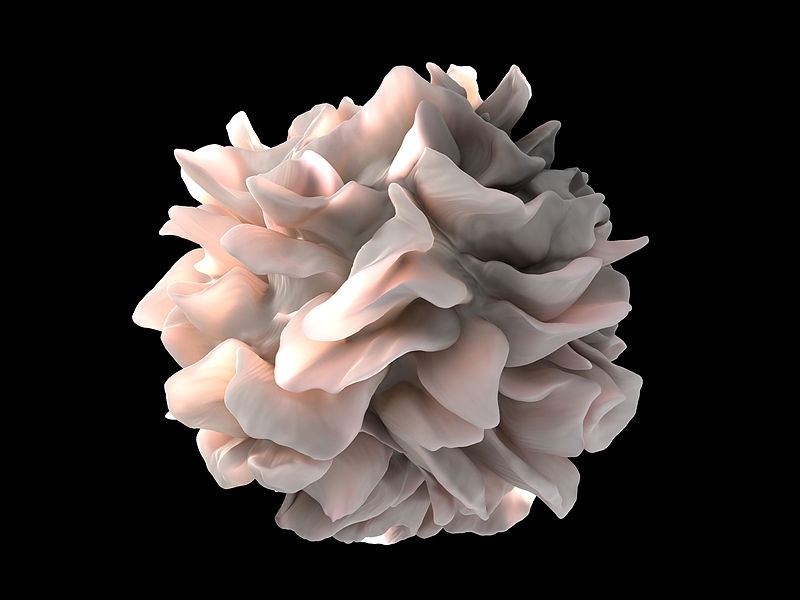
A formulation could be used in patients at risk of respiratory failure to prevent their condition from deteriorating. This methodology has been used to treat HIV/AIDS by an international group of scientists led by Brazilian researchers.

In a review article published in the American Journal of Physiology, Brazilian researchers present scientific evidence on the impact of short periods of inactivity on the cardiovascular system and recommend exercise to stay fit at home during the pandemic.

Through a project supported by FAPESP, the São Paulo-based firm Setup is developing two portable ventilators. More robust and easier to operate than standard devices, they are designed for use in ICUs and field hospitals.

Company supported by FAPESP is developing a smart visible and thermal spectrum imaging system to spot people with fever in schools, malls or offices.

Pre-clinical trial will identify the formulation and concentration capable of inducing a rapid and lasting immune response, before further development and testing.

Based on quantitative MRI, researchers measured cortical volume in 51,665 participants and correlated the data with genetic markers.
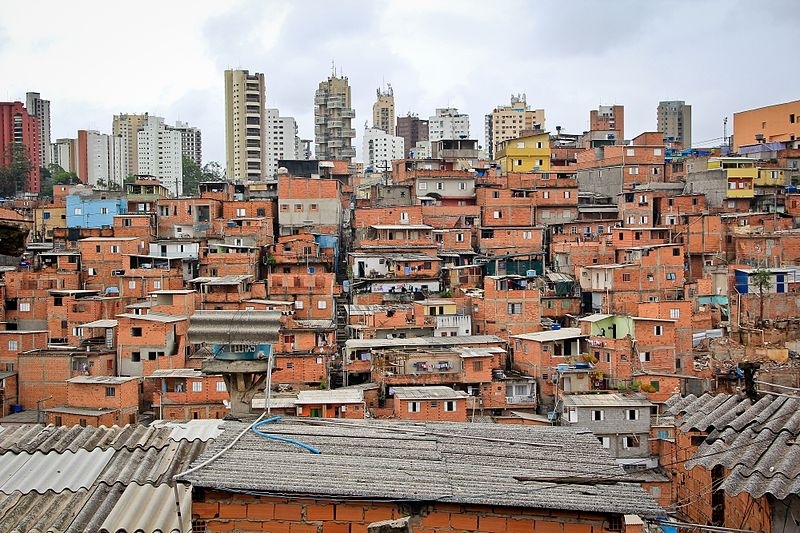
Study shows that São Paulo City has eight distinct urban groups in economic, social and cultural terms, making effective action against the pandemic a challenge.

Scientists affiliated with a research center supported by FAPESP set out to understand the strategies used by immune cells to combat the most severe phase of the disease.
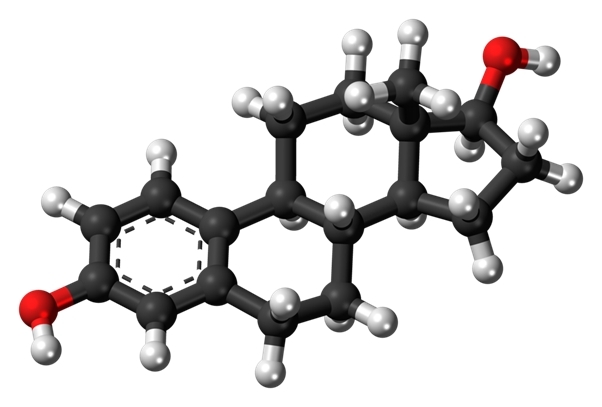
A study supported by FAPESP is investigating the possibility that estrogens inhibit the progression of the disease. The goal is to find medications for the treatment of COVID-19.

Only 13.8% of the workforce has jobs in sectors not badly hit by social isolation according to a research network set up to propose ways of improving the quality of government policies for dealing with the crisis.
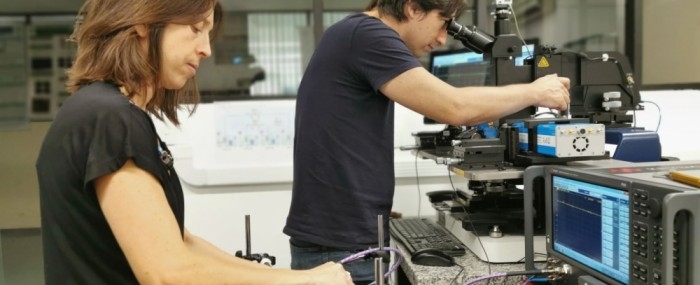
Companies and research groups can use the infrastructure at the University of São Paulo to obtain measurements and develop equipment, circuits and devices that operate at frequencies up to 110 gigahertz.

Brazilian researchers are developing a strategy to induce mutations in the gene that encodes ACE-2, the protein used by SARS-CoV-2 to invade human cells. The goal is to disrupt the protein’s interaction with the virus without impairing its function in the organism.
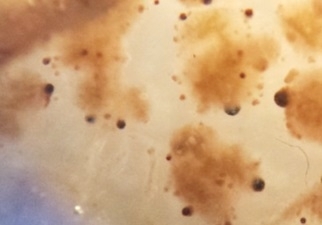
Scientists at the University of São Paulo in Brazil, in collaboration with colleagues at the University of Bath in the UK, aim to find ways of inhibiting gene exchange between fungi in order to reduce resistance to fungicide.

Some 300,000 older people live alone in São Paulo City, and more than 8,000 say they have no one to turn to for help. A study supported by FAPESP describe their vulnerability in the ongoing public health crisis.
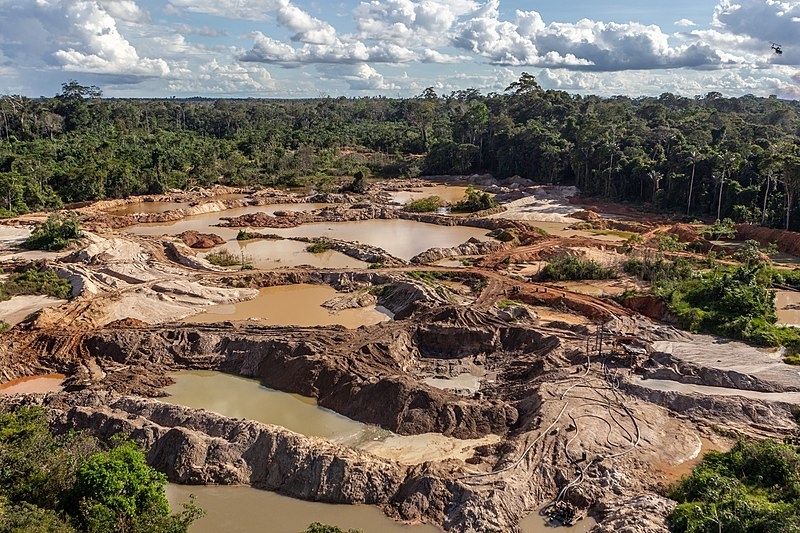
The international trade in timber, tobacco, cocoa, coffee and cotton accounts for a high proportion of malaria risk in exporter countries, according to a collaborative study by scientists in Brazil and Australia published in Nature Communications.
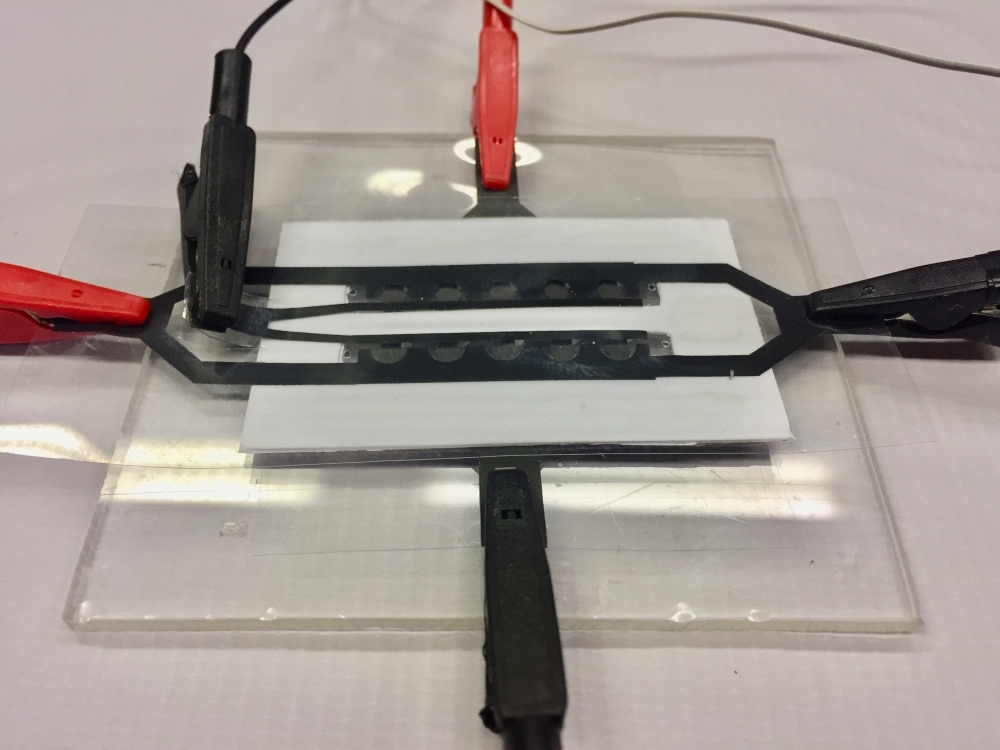
The device will identify parts of the virus’s RNA in the saliva of infected subjects. Other initiatives by the research group at the Federal University of São Carlos include developing sensors to look for the pathogen in the air and in sewerage systems.
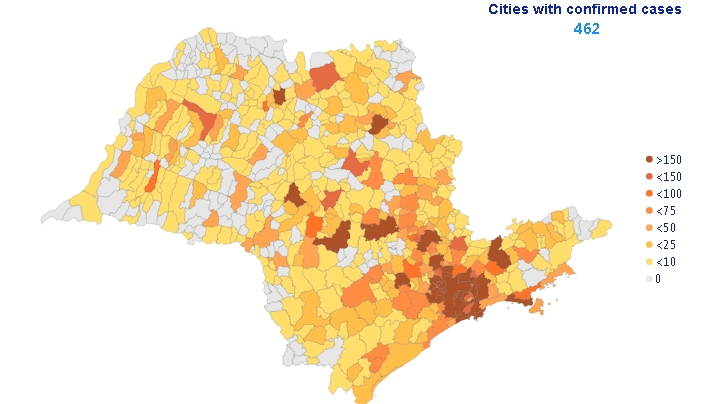
Strategy would maintain economic activity and protect healthcare services, according to system developed by a research center supported by FAPESP.
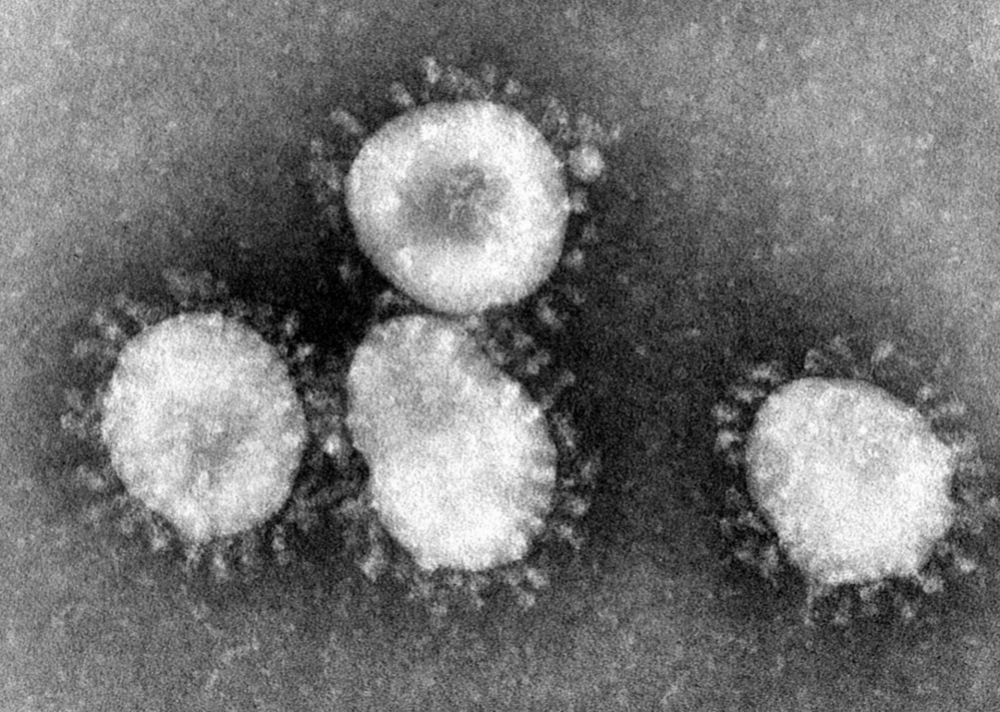
Higher blood glucose levels captured by defense cells provide energy for augmented viral replication, triggering overwhelming immune response that kills lung cells.

This study analyzes the prevalence of factors that increase the risk of severe manifestations of COVID-19, such as old age, chronic disease, obesity and smoking, among others. The proportion of the most susceptible people is 80% among those with less schooling

On average, more than 4% of the studied forest fragments have regenerated naturally in the past 50 years. In certain forests near the Serra do Mar ridge, regeneration has reached 50%. The study used artificial intelligence to compare satellite images and aerial photographs taken in 1962.

Created at the University of São Paulo’s Engineering School (POLI-USP), the machine costs approximately 7% as much as a conventional ventilator and can be freely manufactured by companies that obtain approval from the national health surveillance authority.
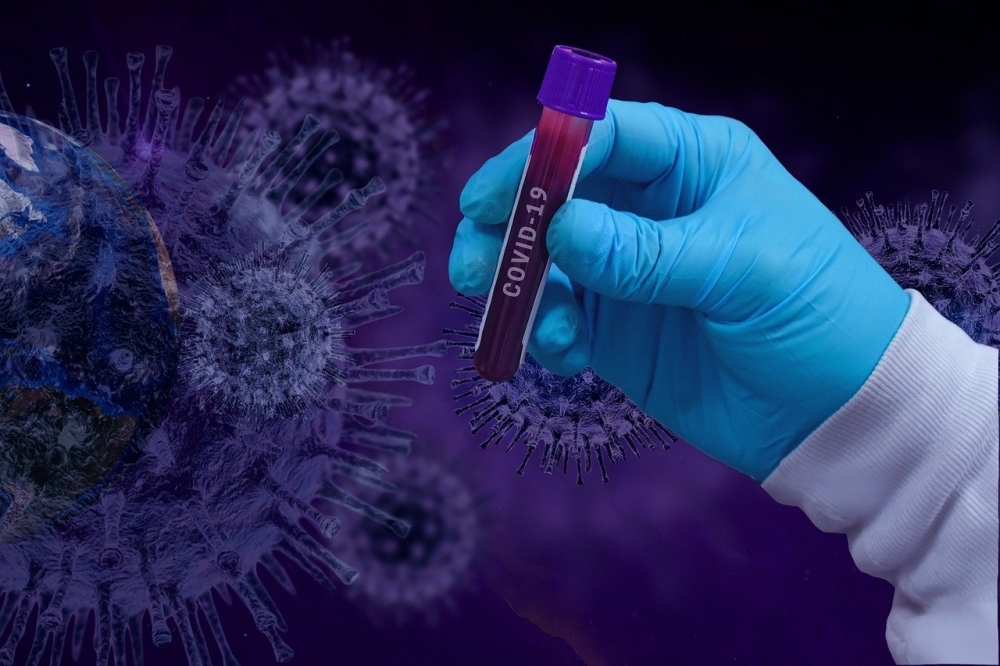
Estimate is based on testing of 700 inhabitants of Ribeirão Preto in early May. Another round of testing will be conducted in June. The study is carried out by the University of São Paulo in partnership with the city’s health department.
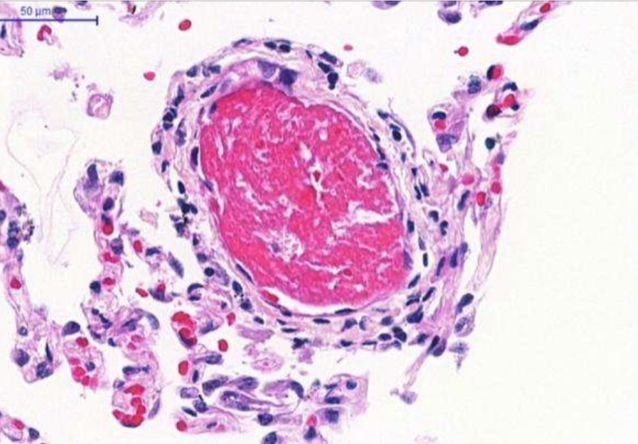
Dr. Elnara Negri, who works in São Paulo City at the largest hospital complex in Latin America, advocates the use of the anti-coagulant drug heparin to treat complications caused by novel coronavirus.
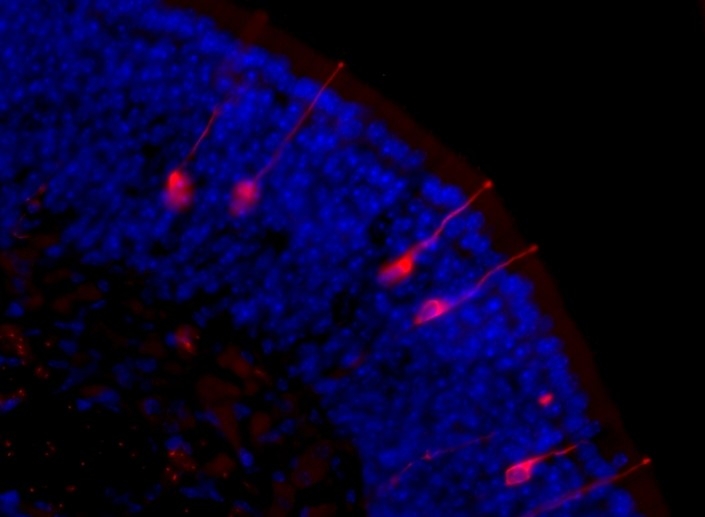
A group of scientists in the state of São Paulo plan to determine whether a sudden loss of smell is an early indication of COVID-19.

Study shows that the 20-39 age group accounted for almost half the cases confirmed in the first month, possibly explaining why a smaller proportion of the total number infected were hospitalized in the period.